I'm trying to take a picture (.jpg file) and find the exact centers (x/y coords) of two differently colored circles in this picture. I've done this in python 2.7. My program works well, but it takes a long time and I need to drastically reduce the amount of time it takes to do this. I currently check every pixel and test its color, and I know I could greatly improve efficiency by pre-sampling a subset of pixels (e.g. every tenth pixel in both horizontal and vertical directions to find areas of the picture to hone in on). My question is if there are pre-developed functions or ways of finding the x/y coords of objects that are much more efficient than my code. I've already removed function calls within the loop, but that only reduced the run time by a few percent.
Here is my code:
from PIL import Image
import numpy as np
i = Image.open('colors4.jpg')
iar = np.asarray(i)
(numCols,numRows) = i.size
print numCols
print numRows
yellowPixelCount = 0
redPixelCount = 0
yellowWeightedCountRow = 0
yellowWeightedCountCol = 0
redWeightedCountRow = 0
redWeightedCountCol = 0
for row in range(numRows):
for col in range(numCols):
pixel = iar[row][col]
r = pixel[0]
g = pixel[1]
b = pixel[2]
brightEnough = r > 200 and g > 200
if r > 2*b and g > 2*b and brightEnough: #yellow pixel
yellowPixelCount = yellowPixelCount + 1
yellowWeightedCountRow = yellowWeightedCountRow + row
yellowWeightedCountCol = yellowWeightedCountCol + col
if r > 2*g and r > 2*b and r > 100: # red pixel
redPixelCount = redPixelCount + 1
redWeightedCountRow = redWeightedCountRow + row
redWeightedCountCol = redWeightedCountCol + col
print "Yellow circle location"
print yellowWeightedCountRow/yellowPixelCount
print yellowWeightedCountCol/yellowPixelCount
print " "
print "Red circle location"
print redWeightedCountRow/redPixelCount
print redWeightedCountCol/redPixelCount
print " "
Update: As I mentioned below, the picture is somewhat arbitrary, but here is an example of one frame from the video I am using:




